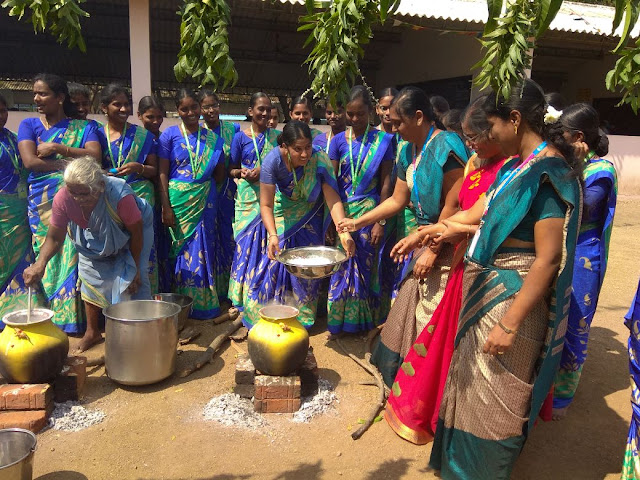Vegetables
Broccoli is a cruciferous vegetable, and part of the Brassica family, which also includes kale, collards, cabbage, bok choy, Brussels sprouts, turnips, and cauliflower. Members of the Brassica family are rich in phytochemicals, known to have antioxidant properties. Broccoli is a true nutrition powerhouse: It is chock full of vitamin C, the mineral calcium, fiber, and vitamin A.
It is also rich in sulforaphane, a health-promoting compound that can fight cancer. Carrots are a good source of fiber, which helps to maintain bowel health, lower blood cholesterol, and aid in weight maintenance. The orange pigment found in carrots are due to the antioxidant beta-carotene, also found in other deep orange foods such as sweet potatoes, pumpkin, butternut squash, papaya, and cantaloupe.
Beta-carotene is converted to vitamin A in the body and helps to maintain healthy eyes, support your immune system, keep your skin healthy, and protect against certain cancers. Spinach is available year-round in grocery stores around the country, offering a readily-available source of many vitamins and minerals. Spinach contains the minerals iron and potassium, as well as vitamins A, K, C, and the B-vitamin folate.
Spinach also contains phytochemicals that may boost your immune system and flavonoids, which have antioxidant properties that may be preventative against certain cancers. Sweet Potatoes are rich in the antioxidant beta-carotene and are also full of fiber, vitamin B6, folate, vitamin C, and the mineral potassium.
They are especially nutritious when eaten with the skin on, and contrary to a popular dieting myth, they are not fattening! Beets contain healthy doses of iron, the B-vitamin folate, and fiber.
Red beets offer betacyanin, a plant pigment which may protect against colon cancer. Fruits Cantaloupe. This member of the melon family is rich in the antioxidant beta-carotene, a plant-based vitamin A precursor that helps with eye health, among other conditions.
It is also rich in the mineral potassium, which may help lower blood pressure and the risk for stroke. And, it is terrific if you are watching your waist — a one-cup serving contains a mere 50 calories. Watermelon, which is especially terrific this time of year, offers a juicy, sweet taste and a high water content, while packing in the antioxidants lycopene, beta-carotene, and vitamin C, and the minerals potassium and magnesium.
Citrus fruits, including oranges and grapefruits, provide a significant source of vitamin C, folate, and potassium, as well as fiber. Pink grapefruits are particularly rich in the antioxidant lycopene. Eating these fruits whole yields more nutrients than drinking the juice. Avocados are rich in heart-healthy monounsaturated fats, which may help raise levels of HDL (good cholesterol) while lowering LDL (bad cholesterol). They are also high in the antioxidant vitamin E.
Grapes. Consuming grapes may reduce the risk of blood clots, lower LDL cholesterol (the bad kind), and prevent damage to the heart’s blood vessels, aiding in the maintenance of healthy blood pressure. Antioxidants called flavonoids may even increase HDL cholesterol (the good kind). The resveratrol found in the skins of red grapes may interfere with cancer development. Eating the whole fruit instead of consuming the juice contains the added benefit of fiber.
Kiwifruit, with its brilliant green inside, is packed with vitamin C and fiber.



























